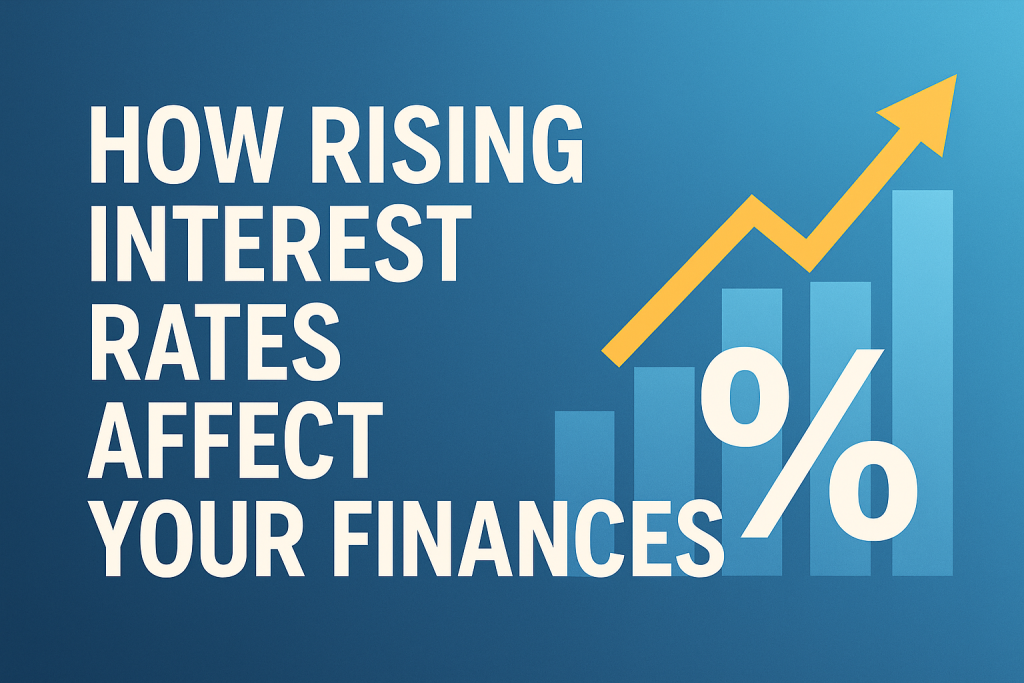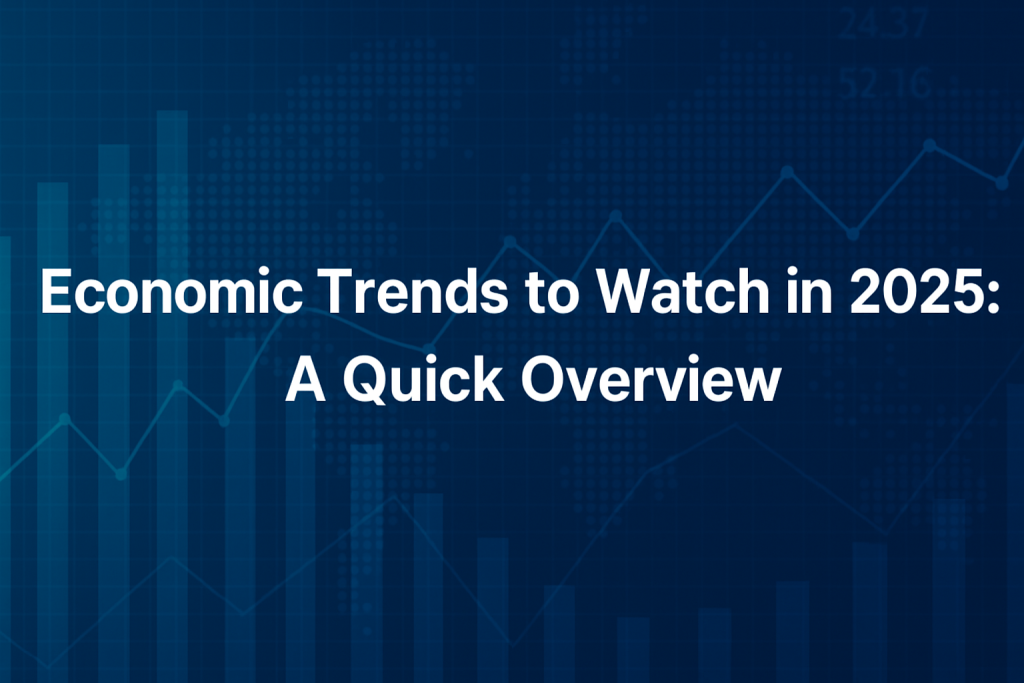When central banks raise benchmark rates, borrowing becomes more expensive and saving often becomes more rewarding. Understanding the interest rates impact on everyday money decisions can help you adjust your budget, investments, and long-term plans. In this guide, we’ll look at how rising rates ripple through the economy and personal finance—and what you can do to stay ahead.
Why Do Interest Rates Rise?
Central-Bank Policy and Inflation Control
Most rate hikes are designed to cool inflation. By making credit costlier, central banks reduce consumer spending and business expansion, easing upward pressure on prices.
Economic Growth Cycles
During strong expansions, higher rates can prevent the economy from overheating. Conversely, rates often fall in recessions to stimulate borrowing and spending.
The Direct Impact on Borrowing Costs
1. Mortgages and Home Equity Loans
Adjustable-rate mortgages usually reset quickly, raising monthly payments. Even fixed-rate mortgage offers become pricier, shrinking home-buying power. If you’re locked into a fixed rate, you’re protected until you refinance or move.
2. Credit Cards and Lines of Credit
Most credit cards have variable APRs tied to prime rates. Expect minimum payments and interest charges to climb soon after each rate hike. Paying down balances faster can soften the blow.
3. Auto and Personal Loans
Lenders pass higher funding costs to consumers, so monthly payments on new loans increase. Compare lenders, negotiate terms, and consider larger down payments to offset costlier interest.
The Indirect Impact on Saving and Investing
1. Better Yields on Savings Accounts and CDs
Banks compete for deposits by lifting savings rates—good news for emergency funds. Laddering certificates of deposit (CDs) can lock in today’s higher yields while keeping some cash liquid.
2. Bond Prices vs. Yields
When rates rise, existing bond prices fall because newer issues offer better coupons. Short-duration or inflation-protected bonds can lessen volatility in your fixed-income allocation.
3. Stock-Market Volatility
Higher borrowing costs squeeze corporate profits and can dampen growth stocks. Still, financially strong firms with robust cash flow often weather rising rates better than highly leveraged companies.
Practical Steps to Protect Your Finances
1. Revisit Your Budget
Include room for higher debt payments—especially if you carry variable-rate balances. Cut discretionary spending or boost side income to stay on track.
2. Pay Down Variable-Rate Debt
Every extra dollar sent to high-interest balances now saves more as APRs climb. Consider consolidating into lower-fix-rate personal loans if possible.
3. Build an Emergency Fund
Higher savings yields make cash reserves more attractive. Aim for at least three to six months of expenses in a high-yield account.
4. Diversify Investments
Blend asset classes—stocks, shorter-term bonds, real-estate funds, inflation-linked securities—to reduce volatility. Rebalance annually to maintain your target mix.
5. Shop for Better Deposit Rates
Online banks and credit unions often boost savings rates faster than traditional banks. Compare APYs and move idle cash to take advantage of the new rate environment.
Final Thoughts
The interest rates impact nearly every corner of the economy and personal finance. By understanding how rising rates influence borrowing, saving, and investing, you can adapt quickly—paying down costly debt, earning more on cash, and keeping your long-term goals on track. Rate cycles come and go, but disciplined planning and diversification remain timeless strategies.

